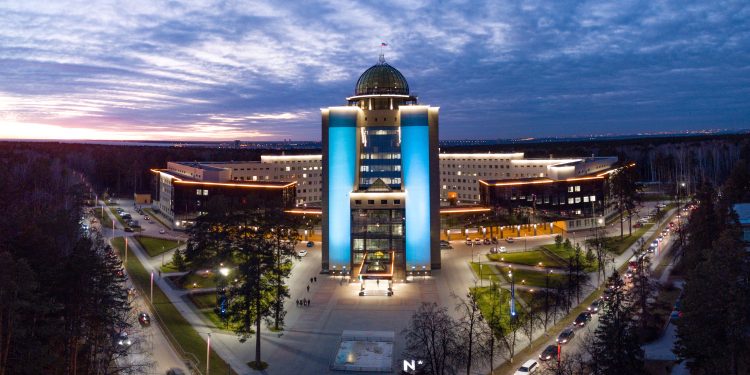Novosibirsk Scientists Have Simplified the Extraction of Pipes from Oil Wells
Employees of the Center for Technology Transfer and Commercialization of Novosibirsk State University (CTC NSU) developed a technical solution, and NSU received a patent for a method and device for destroying cement stone behind the casing of an oil well, the NSU press service reports.
It is noted that when drilling a well, to strengthen it and prevent soil sloughing, a special pipe (casing) is installed, which is insulated with cement stone to prevent the flow of water from one layer to another, and the depth of such insulation can reach 3 km.
“However, if in the future, during conservation or repair of the well, this pipe has to be removed, a difficult task arises – to first destroy this cement stone. The same situation arises when using the technology of cutting in horizontal wells, which is now popular in the mining industry, in order to increase oil production,” it says in the message.
Typically, two cutters are used sequentially to remove the casing: the first is to cut the pipe itself, and the second is to cut the concrete around it. However, if a metal cutter touches concrete, or vice versa, a concrete cutter touches metal fragments left over from cutting a pipe, then they quickly wear out and fail, which leads to a noticeable increase in the cost of the work being carried out.
NSU scientists suggested not cutting the pipe, but using a special device to deform it along the longitudinal axis from round to ellipse, without destroying it, first in one direction, and then with a rotation of 90 degrees. As a result, the cement stone behind it crumbles, after which the pipe itself is relatively easy to remove to the surface.
At the moment, in addition to the pipe deformation system itself, the CTC NSU has developed a technology for its use in various modes, including shock, if this deformation does not destroy all sections of the cement stone, as well as a special device for removing the pipe from the well.
After obtaining a patent, the next stage of work is the production of a prototype of the system to demonstrate its operation at a stand, for example, at specialized exhibitions. And next year, the developers expect, together with an industrial partner, to select suitable objects for testing in the field.











